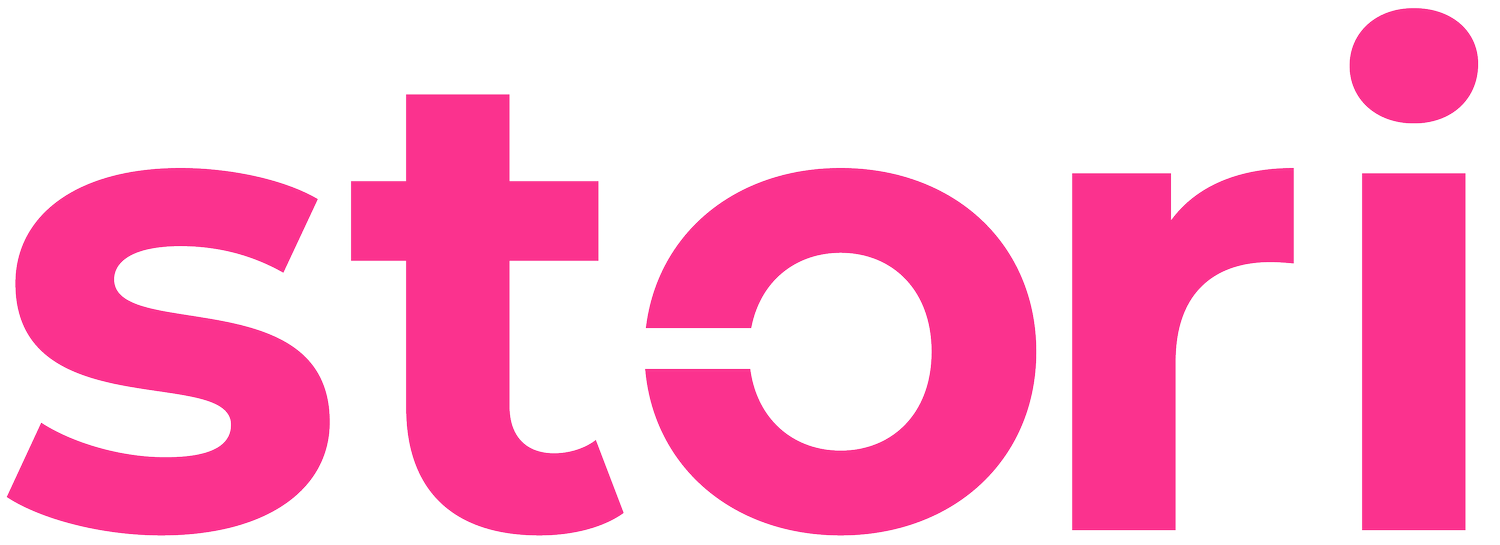Diversity, identity and representation in HE marketing materials
Equality, diversity and inclusion (EDI) are omnipresent considerations for all university departments (or should be), and that absolutely includes marketing.
When presenting the university to prospective staff and students, there are countless questions to ask, not least how to ensure promising candidates aren’t put off by a lack of representation. But then comes the potential pitfall of misrepresenting a university as a diverse utopia, only for the reality to disappoint. So how can marketers find the right approach?
Conscious inclusion
For Emma Leech, (former) director of marketing and communications at Nottingham Trent University, there’s much to consider around the tone of messaging.
“Conscious inclusion is really important to us, but people don’t want to be flagged up as somehow lesser, and sometimes the public narrative can do that,”
Emma Leech
She says, “I'm not sure that's massively personally or socially helpful. So I think, for us, conscious inclusion is about really thinking about the widest possible diversity of our audiences and what we're doing to reach out, communicate and engage with everybody, without necessarily excluding any one group or multiple groups.”
Pathways into academia from underrepresented communities
The University has one of the highest BAME cohorts of postgraduate and PhD students in the country, she continues, and that’s a result of working “really really hard”, with enormous efforts from academic colleagues as well as improved financial support, role modelling and support for students from underrepresented communities who are interested in moving into academia.
The University also has a shadow executive team, which offers space to those from marginalised groups including the LGBTQIA+, BAME and disabled communities, “to make sure that different voices are heard in terms of big ticket strategic decision making”.
“It allows us to look at those hurdles with a different view and bring some fresh ideas in, whether that's on neurodiversity, for example, or not having enough black professors, or anything else. There’s a long way to go, but we have to start somewhere. It's all about how we make those pathways into academia inclusive and feel like the right way forward for people from those groups.”
Superficial representation and hidden disabilities
Charlotte Renwick, director of marketing, recruitment and admissions (acting) at Leeds Beckett University, says marketers need to avoid getting bogged down in superficial representation.
“They are pretty good at thinking ‘We're going to have a prospectus and we need to make sure we have somebody that shows a disability, somebody that's black and somebody that's Asian and maybe a mix of people together’, but that representation is just such a small part of things.
“It’s got to start with better diversity within the staff so we have a diverse team who bring different perspectives”
Charlotte Renwick, Leeds Beckett University
And even with the prospectus example, she continues, there’s the question of representing other groups. “How do you know that you're kind of doing a good job of being welcoming to those who are non-binary, or with hidden disabilities?”
It’s important to truly audit every piece of communication, she says, not just explicit marketing materials, from the usability of the website, even down to staff’s out of office replies.
“If you're in a position where you don’t know if university is for you, you're already in a state of mind where you’re wondering if you’re going to fit in. It's all very well having a picture that means something to you in a prospectus but if all of your other interactions with the university are not easy, open and welcoming, it doesn't really mean a lot.”
More listening, fewer assumptions
At Loughborough University, Martyn Edwards, director of marketing and advancement, has also been exploring these questions around representation.
“Historically we were known for attracting a particular demographic that was perhaps a bit narrower,” he says. “So we wanted to work with different groups from across our student community to review the imagery in the design of the prospectus for example to make sure we're getting the balance right and reflecting students from diverse backgrounds.
“It was really challenging because at first we almost did it too effectively, to the point where they said, ‘You're in danger of misrepresenting how diverse Loughborough is in reality, you’ve gone too much that way.”
Martyn Edwards, Loughborough University
The make-up of students on campus is now changing and becoming more diverse, he continues, with new posts such as “a dedicated access and participation manager that leads on supporting elements of this work” and marketing materials that are following suit with even more focus groups to help co-create an authentic and accurate sense of life on campus with students.
“We are on a journey but I think we are making progress…so [as marketers] you've got to do it in the right way and get the balance right by listening to and working with students, we don’t want to make too many assumptions in isolation that we know what is best as we don’t have that lived experience.”
Want to connect with audiences on the issues you want to be known for? Get in touch: hello@stori.works


